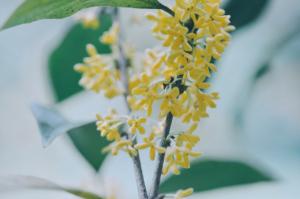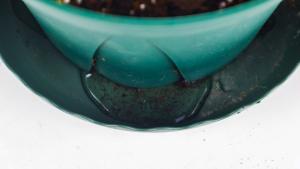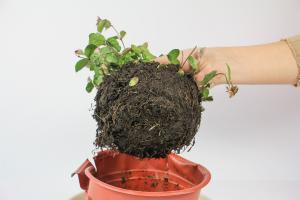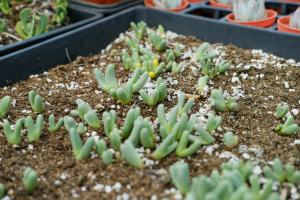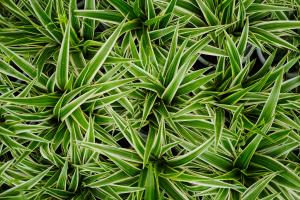How to Plant a Water Garden
A water garden is a wonderful addition to any backyard or garden. The sound of splashing water, the bright colors of aquatic plants and the gentle movement of fish can all create a calming and peaceful atmosphere. However, the process of planting a water garden can seem daunting for those who are unfamiliar with it. Here is a step-by-step guide on how to plant your very own water garden.
1. Choose the Site
The first step is to choose the right location for your water garden. It is important that the spot receives at least 6 hours of direct sunlight each day, as most aquatic plants require sunlight to grow. You also want to make sure the site has access to a power source for the pump and filtration system. Take into account any trees or shrubs nearby, as falling leaves or debris can clog up the pond and require cleaning out.
2. Decide on the Size and Shape
Once you have selected a location, consider the size and shape of your pond. The general rule of thumb is to have at least 50 gallons of water for every 1 inch of fish. A beginner’s water garden should be around 100-200 gallons in size. You can choose from a variety of shapes, including round, oval or kidney-shaped. Consider the size of the pond liner that will fit the area you have chosen, and allow for a few extra inches for overlap and tucking the liner into the edges of the pond.
3. Install Pond Liner and Waterfall
The next step is to install the pond liner and waterfall. Lay the pond liner over the area you have designated for your pond, making sure to create folds and creases to avoid damage to the liner. Place rocks or bricks on the edge of the liner to hold it in place, and trim off any areas that exceed the edges of the pond. The waterfall should be positioned next to the pond liner and attached to the pump and filtration system. This will create a stream of water that will flow into the pond and create circulation.
4. Add Water and Treat
Now it’s time to fill up the pond with water. Use a garden hose to fill the pond to the desired level, and treat the water with a dechlorinator to remove any harmful chemicals that may be present in tap water. Allow the system to cycle for a few days before adding plants or fish.
5. Choose Aquatic Plants
A water garden is not complete without the beauty of aquatic plants. You can choose from a variety of floating, submerged or marginal plants. Floating plants like water lilies and floating heart add beauty to the surface of the water, while submerged plants like hornwort and anacharis oxygenate the water and create a habitat for fish. Marginal plants like water iris and pickerelweed provide color and texture around the edges of the pond.
6. Add Fish
The final step is to add fish to your water garden. Koi and goldfish are popular choices, and can usually be found at your local pet store. Make sure to add fish slowly, as not to shock the system. Test the water regularly to make sure the ammonia levels are not too high, and provide a good filtration system to keep the water clean and clear.
With these simple steps, you can create your very own water garden that will bring beauty and serenity to your backyard. Enjoy the sights and sounds of nature from the comfort of your own home.

 how many times do yo...
how many times do yo... how many planted tre...
how many planted tre... how many pine trees ...
how many pine trees ... how many pecan trees...
how many pecan trees... how many plants comp...
how many plants comp... how many plants can ...
how many plants can ... how many plants and ...
how many plants and ... how many pepper plan...
how many pepper plan...